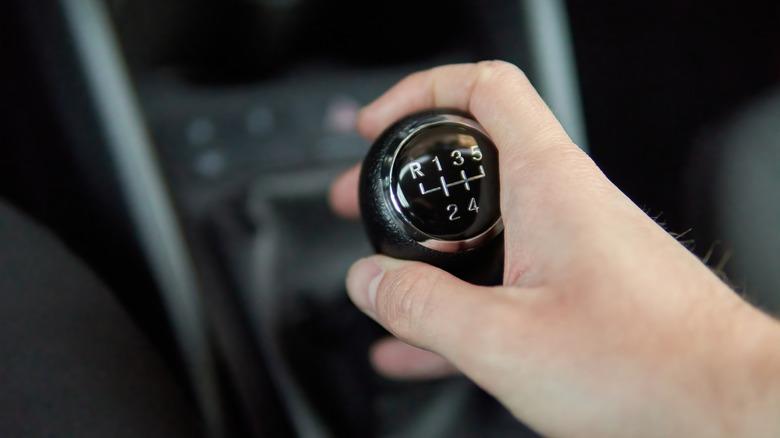
Miraculously, the number of manual transmissions in America has gone up in recent years, with younger enthusiasts pledging to keep the act of rowing gears alive. Still, the stick shift remains an endangered species in the United States, with less than 100,000 manuals rolling off of car lots in 2024 (about 2% of cars sold last year).
Outside the U.S., however, there are corners of our globe where the manual gearbox reigns supreme. While much of Latin and South America have given way to the automatic, roughly half of all cars sold in Europe remain manual, with several countries selling far more manual-transmission cars than automatic. The number of new automatics is rising quickly, but beyond the showroom, plenty of nations have enough manuals up and running to keep driving stick as the status quo. So raise a glass to the countries where the manual transmission still thrives! Here are a few of them.
Read more: These Are The Worst Transmission Recalls Of The Last 5 Years
China
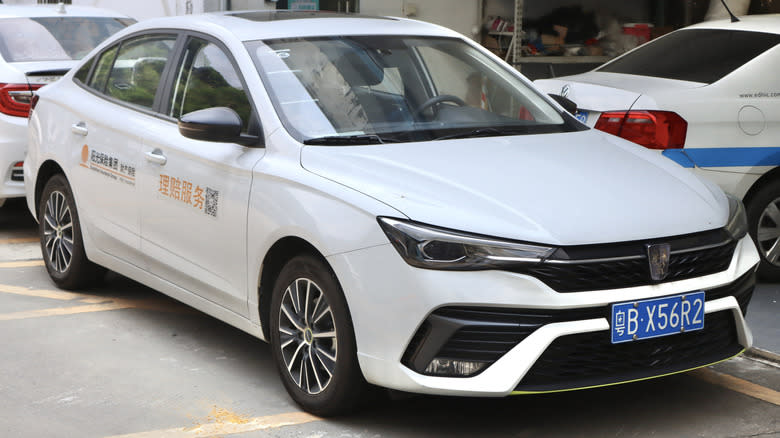
According to the International Organization of Motor Vehicle Manufacturers (OICA), roughly 75% of China's cars on the road are manual — borderline baffling for a nation that's become the EV capital of the world. While plenty of domestic cars have been automatic-equipped, they've relied greatly on foreign-designed and built gearboxes, leaving local manufacturers to play catch-up in developing reliable automatic transmissions of their own. Such automatic cars have greatly gained popularity in China's larger, more dense cities, but manual transmissions continue to be the affordable, low-maintenance choice for China's rural population.
It's also crucial to note that China still heavily prioritizes drivers knowing how to drive stick. Although Chinese citizens can get a C2 license, which allows them to drive only automatic cars, many prefer to get the more complete C1 certification. Automaker BYD offers a modern way to teach new drivers manual, with its all-electric e3 coming in a unique trim exclusive to driving schools. It makes for a one-of-a-kind EV, featuring a fully functioning clutch and a simulated five-speed gearbox.
Italy
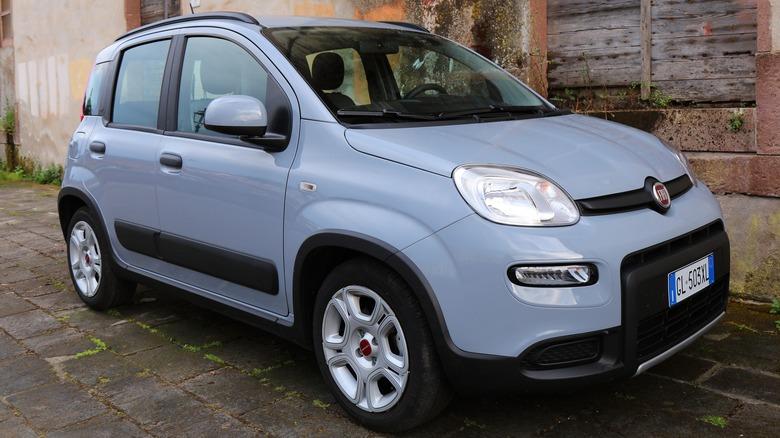
Of the 1.3 million cars sold in Italy in 2020, only 28% were automatic — the lowest in any European country, and easily the lowest worldwide. Still, Italy's refusal to adopt the auto comes from many reasons shared with the remainder of Europe. For a good chunk of the EU, automatics are almost always considered a luxury option, and can be around 1,000 euros more than a manual. Moreover, while continuously variable transmissions (CVTs) have become the kings of economy, more traditional automatics struggle to match the fuel mileage of their manual counterparts. Combine that with Italy's gas prices being some of the highest in the world, with a gallon setting you back $7.35, and it's no surprise that Italians are still staying with the stick.
Plenty of manual cars are still on the market in Italy, too. Most notable is Fiat, which will have a manual 500 on the market in Europe this November. The brand's newest all-electric 500e has struggled to sell, and Fiat hopes to find new buyers by retrofitting it with the older generation's hybrid-assisted 1.0-liter three-cylinder mated to a six-speed manual.
That isn't to say that Fiat is struggling in Italy. Its Panda hatchback sold more there than any other last year, coming with a six-speed stick as standard. Also on the podium last year was Dacia's subcompact Sandero, alongside Jeep's Avenger, with both models having manuals as options.
India
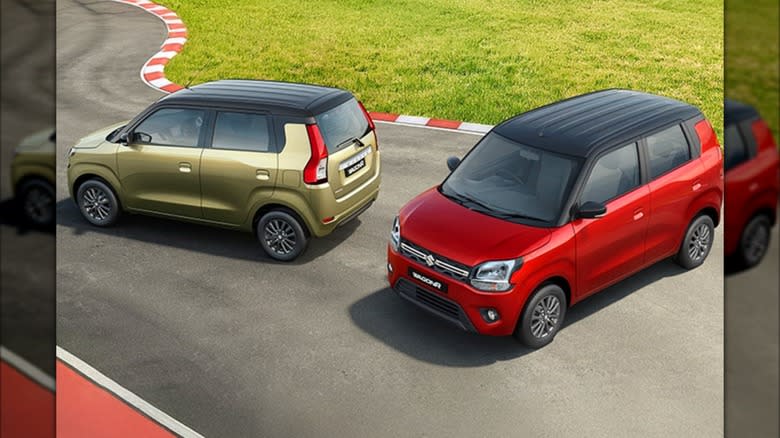
It wasn't until 2008, with the arrival of the Hyundai i10, that the automatic transmission hit the Indian market. Far behind schedule compared to the remainder of the world, and despite growing sales for the automatics over the past 15 years, the manual remains the bigger piece of the pie chart when it comes to sales.
It's all in the name of affordability, as the market greatly prefers cost over comfort. Like in Europe, automatics are considered a premium option, setting you back about 80,000 rupees (roughly $900) more than trims with a manual transmission. Automatics continue to grow their presence in the Indian market, but it's still a manual majority, making up roughly three-quarters of cars sold today.
Those on the hunt for a new manual in the country have plenty of options, with one of the most popular being the boxy Maruti Suzuki Wagon R. With a five-speed mated to its inline three, its become one of India's favorites, with over 190,000 hatchbacks sold in 2024. Other popular manuals include SUVs like the Hyundai Creta and Mahindra Scorpio, and hatchbacks like the Maruti Swift and Hyundai i20.
South Africa
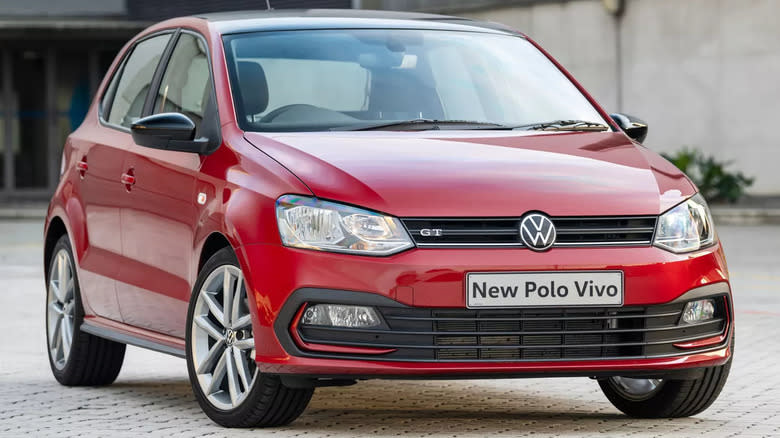
In recent years, roughly half of the new vehicles sold in South Africa came with three pedals. Although this marks a notable decline from manuals making 77% of cars sold a decade ago, the Rainbow Nation still remains one of the most popular countries for the stick outside of Europe. With entry-level cars dominating the market, the nation's most popular vehicles are small, practical city cars, and many still come with a manual as standard.
Take the country's top seller, the Kariega-built Volkswagen Polo Vivo. With nearly 26,000 sold last year, the hatchback's basic trim comes exclusively with a 1.4-liter engine and a five-speed manual. Higher tiers offer a 1.6-liter and a six-speed tiptronic, but set you back an extra 32,300 rand, equivalent to roughly $1,803. The same goes for the Suzuki Swift and Toyota Starlet. Third and fourth in last year's sales, respectively, both come with a five-speed as standard, with automatic specs coming in at around 20,000 rand more (about $1,116).
Brazil And Argentina
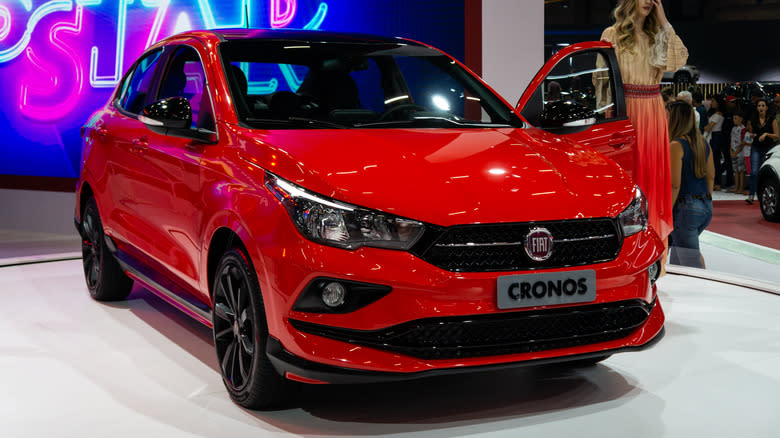
The two most prominent manual countries remaining in South America, Brazil and Argentina, still have stick as the majority, with over 60% of cars on the road equipped with manuals in both nations. The top-selling cars in both countries are Fiats built within their own borders, with the Cordoba-made Cronos topping the charts in Argentina and the Betim-built Strada Pickup being Brazil's most sold car last year.
Affordability is still the key for both car buyers and automakers in South America, and the manual is still the cheapest gearbox to manufacture, keeping costs down on the production line, and therefore in the showroom. As a result, while both the Cronos and Strada offer CVTs, they keep the five-speed manual in their base trims.
Beyond the bestsellers, both countries have a plethora of manual options. In Argentina, 28% of the models on offer come exclusively in stick, and Brazilians can still choose from 61 models offering trims with three pedals. Ultimately, Brazil comes out on top, having the most manuals on the road at 65%, beating out Argentina's 61%.
Want more like this? Join the Jalopnik newsletter to get the latest auto news sent straight to your inbox...
Read the original article on Jalopnik.
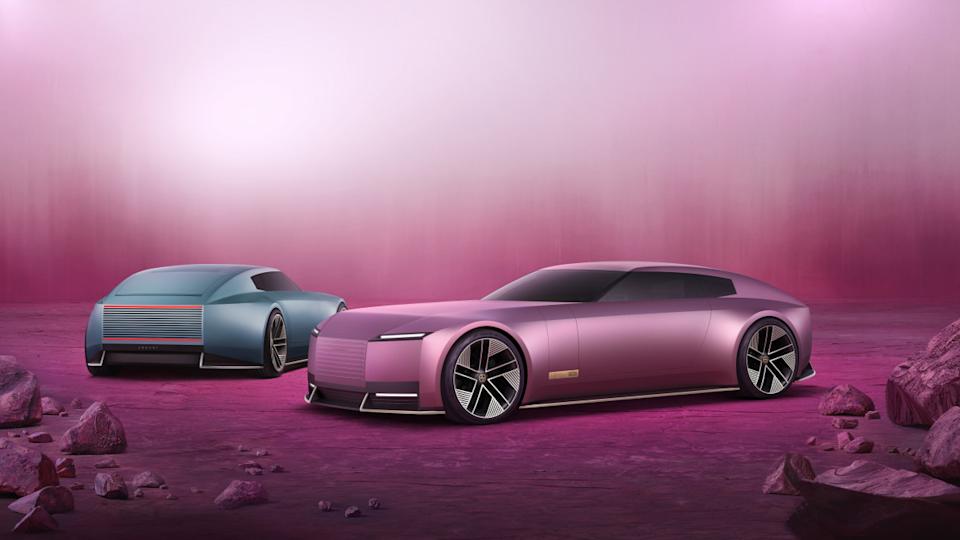
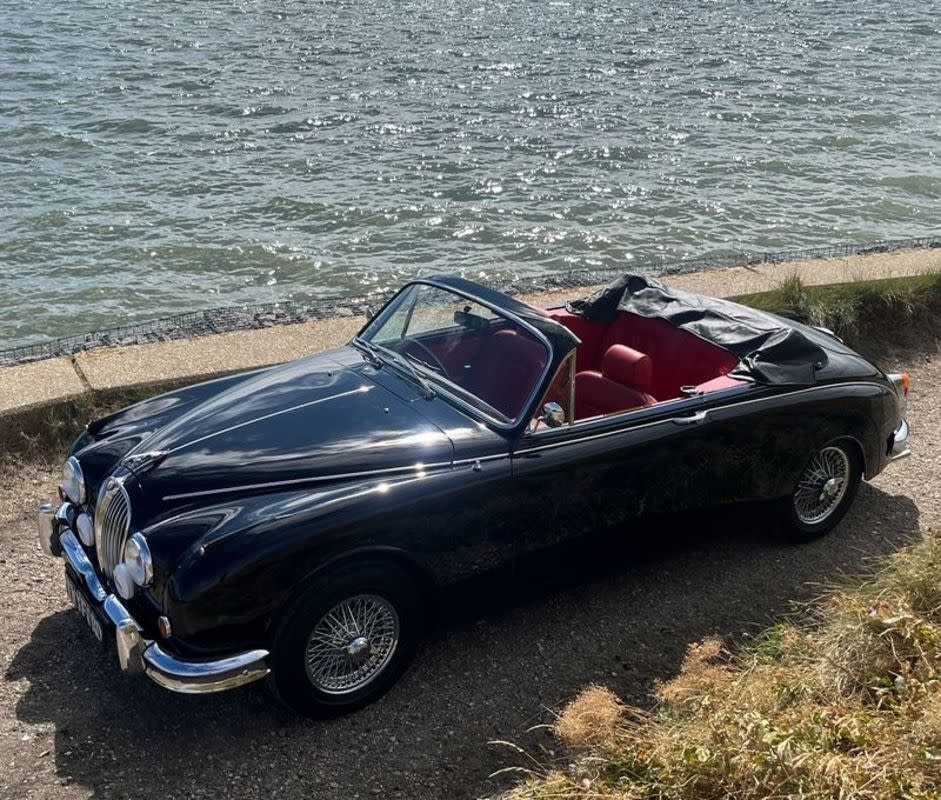
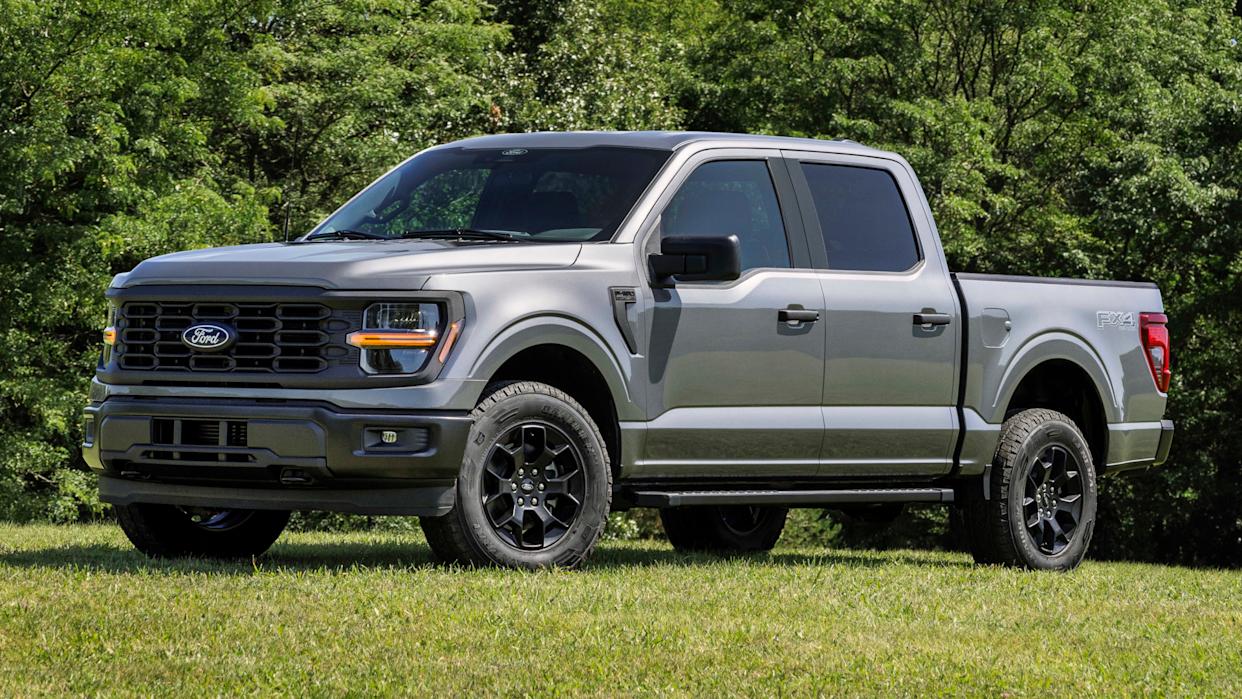



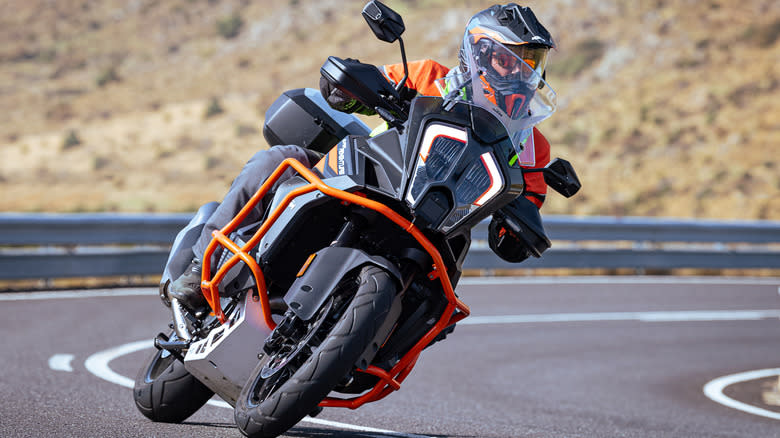
Comments